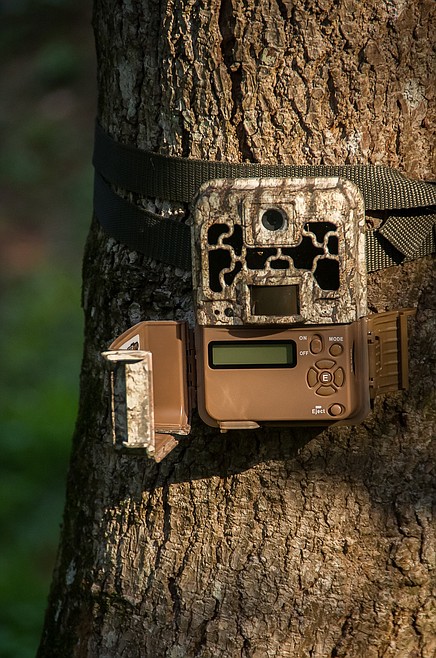Getting in the game with trail cameras
I recently received a new issue of a bow hunting magazine. It included their annual review of new bow hunting gear. There were over 60 pages of new bow hunting gear.
For a sport that is suppose to be about a primitive means to harvest a deer or elk, the array of new gear for this primitive sport is amazing.
One article really caught my attention. It was an article about trail cameras. I’ve been interested in getting a trail camera or two for several years. So on Sunday, I bit the bullet and bought one. My intention is to test use this camera and if works as anticipated, I will buy several more.
Part of my trail camera hesitation over the past couple of years is that I am not very digitally smart. I am an old fart and it is common knowledge that older folks and new technology don’t get along very well. My computer and cellphone skills leave a lot to be desired.
Unfortunately for me, I don’t have any grandkids or great-grandkids, about 8 years old, to help me. But the article about the new trail cameras stressed they are very simple to operate, even for an old fella like me.
If you haven’t followed the development and use of trail cameras for hunting use, you are probably even more technology challenged than me.
Trail cameras are nothing more than a remote digital camera that operates on batteries, similar to the millions of cameras spread around the U.S., especially in cities for security reasons. I guess some wise hunter thought if you can install cameras to record events on your street or your office, why not record what is happening in your favorite hunting area, especially along deer trails or other areas where game is concentrated.
I think trail cameras first became heavily used in the forested east and midwestern part of the U.S. where deer populations are very high, but hunting pressure keeps the number of trophy bucks are low.
So, are there any big bucks where you intend to hunt? So, why not set up a trail camera to see what kind of deer are passing by.
Trail cameras are digital and powered by small batteries, so are compact, about 5 or 6 inches high and wide and an inch or two thick. They are usually black or camouflage colored to blend in with the tree or post where you attach them. They take a picture whenever a deer, bird or other object trips the infra-red signal coming out of the camera. They can take still photos or videos. They will take photos during the day or night.
Initially, the trail camera owner had to go to the camera to remove the memory card and download the photos on their computer. Since trail cameras are digital and our cellphones are digital, a smart fella thought, why not program your cell trail camera to your cellphone. With that great idea, trail cameras for hunting really took off!
Now you can sit in your living room or office and see what animals walked by your camera recently.
Wow, imagine sitting in elk camp, if your campsite has cell service, and seeing if any elk grazed in your favorite mountain meadow that morning! If you have several cameras viewing several mountain meadows, you will know where to hunt or not hunt the next day.
As with any new gadget for hunting or fishing that seems to enhance the opportunity to catch a fish or harvest an animal, the question of ethics arises.
In most cases, each of us must decide ethics for ourselves. For example, I wouldn’t go fishing without one of my several electronic fish finders. While these devices are called fish finders, their main use is to detect water depth and subsurface lake bottom features. Do I really catch more fish using these devices? The answer is sometimes yes and sometimes no. But they always add a new dimension to the challenge of catching more fish.
So, my use of trail cameras will add a new dimension to my hunting, especially at our farm in eastern Montana. The biggest advantage to a trail camera is to show you the type of animals using that meadow or trail. If a camera shows a photo of a giant buck, you will not likely shoot the first buck or bull that comes into your gun sight. According to my discussion with a game warden, using trail cameras is legal for scouting, but not when actually hunting.
I go to our farm a dozen times a year. What goes on during the 80% to 90% of the year when I am not at the farm is mostly an unknown. With a system of trail cameras around the farm, I will have a better idea of what is happening during my absence.
One problem I have at the farm is road access. I must drive 12 miles north from U.S. 2 on a gravel road to our farm. With some rain, the gravel road becomes a gumbo mud road, not passable. So, I plan to install a rain gage by a trail camera to see if I might have a road access problem.
So, get ready for the coming hunting season with whatever new technology you feel comfortable with. Trail cameras may add a new aspect to your hunt.


